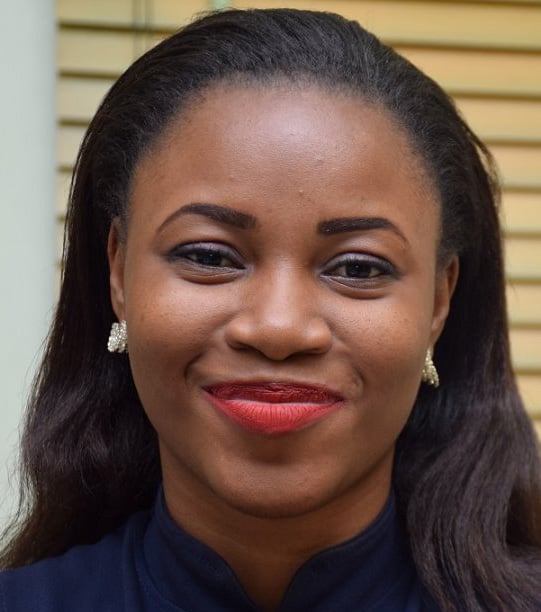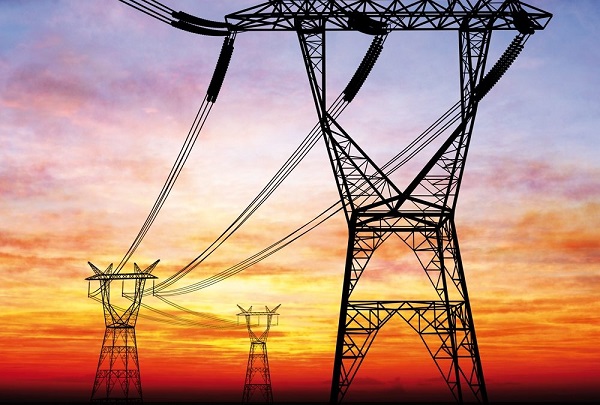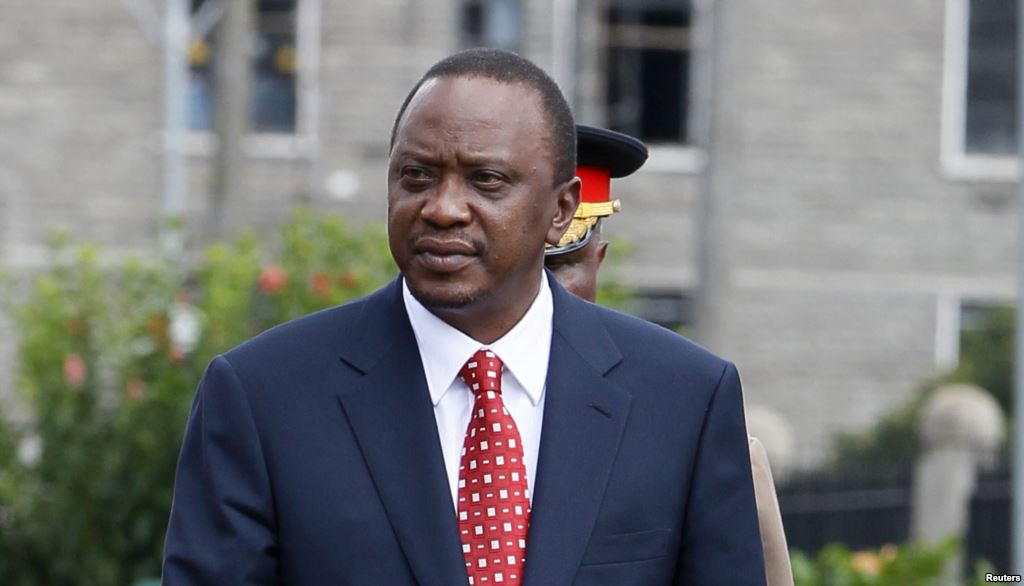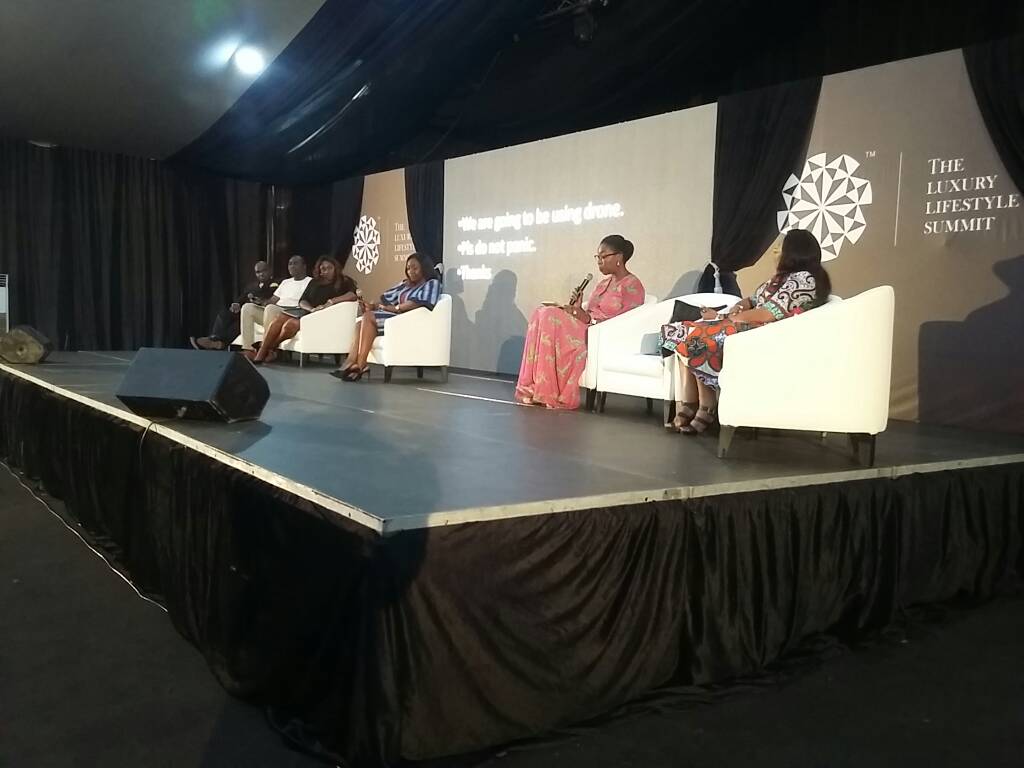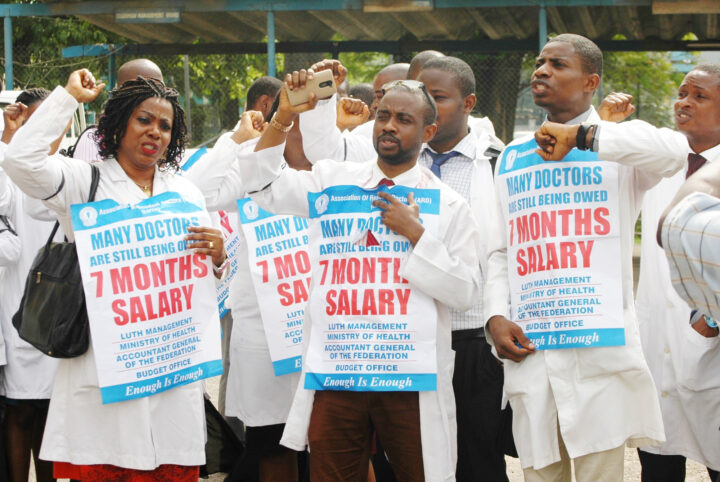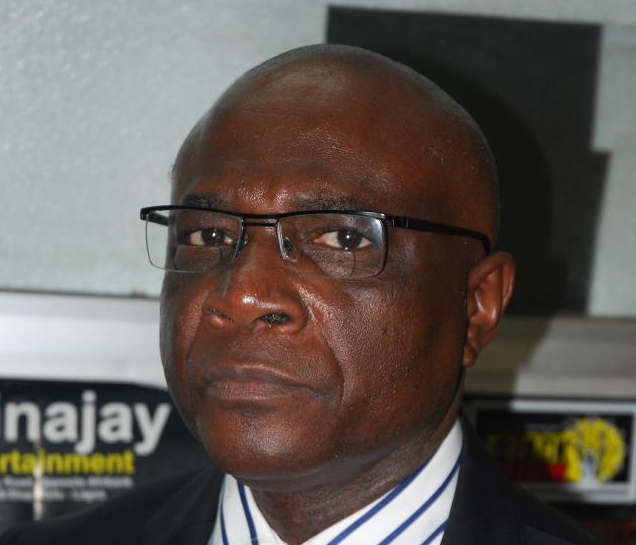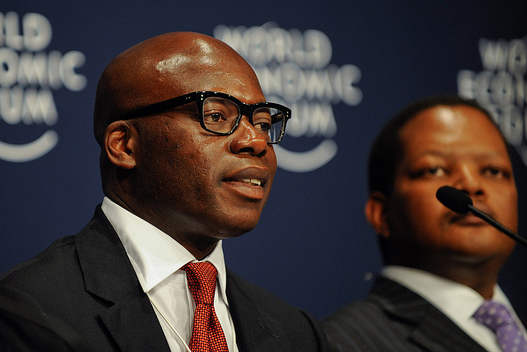Onyeche Tifase, Siemens Nigeria CEO, says the company aims to add 459MW to the national grid by 2019 through its Azura Edo Independent Power Project.
According to the company, the project is expected to add 3GW to the national grid by 2020 upon completion.
In a statement signed by Keshin Govender, media relations officer of the company, the company quoted international studies to have said: “Nigeria could potentially achieve over 7% annual GDP growth, making it a top-20 economy by 2030.
“This translates into 70 million people being moved above the poverty line in little more than a decade. But the fact remains that this potential will never be realised without sufficient access to end-to-end electrification, which is the backbone of any thriving economy. This includes power generation, transmission, distribution and the efficient application of electrical energy through automation.”
Advertisement
The Azura Edo Independent Power Project (IPP) is an open cycle gas turbine, which has the capacity of accounting for approximately 20% of Nigeria’s projected installed capacity of 12.5GW by 2020.
The company advised the country to “shift away from the traditional notion of generating large volumes of power for the entire population from only a handful of large centralised sources.
“We are now turning to smaller decentralised sources to generate electricity closer to the people who use it.
Advertisement
“In a decentralised system, there are more small-scale individual producers that are all connected to the grid, ensuring an effective and reliable supply where it is needed. There are many technologies that make up decentralised power generation, including gas, solar, wind and hydro.”
According to the statement, manual revenue collection opens up the door for corruption and electricity theft, which reduces power availability to paying customers.
It advised that smart digital grids be used where the electricity network sends and receives accurate data and information in real-time.
“All of this dramatically improves revenue collection and cash flow compared to current standard transfer specification meters that are limited to manually recorded prepayment functions residing on the meter.”
Advertisement
The power sector recovery program initiated by the federal government aims to implement power sector reform, reduce losses in DisCos, enhance the sector’s financial viability, increase access to electricity services, and mobilise private sector investment.
Babatunde Fashola, minister of power, had announced that the distribution companies (DisCos) lacked the capacity to distribute all the power generated, leading to losses.
Add a comment
